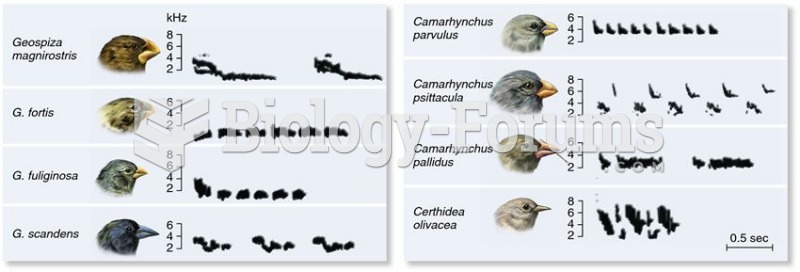Answer to Question 1
ANSWER: In situations where wind speed increases to a point where the Coriolis force balances the pressure gradient force, the wind no longer accelerates because the net force is zero. Here the wind flows in a straight path, parallel to the isobars at a constant speed. This flow of air is called a geostrophic wind. When the flow of air is purely geostrophic, the isobars (or contours) are straight and evenly spaced, and the wind speed is constant. A wind that blows at a constant speed parallel to curved isobars above the level of frictional influence is termed a gradient wind.In situations where wind speed slows down, the Coriolis force also weakens. As a result of the weaker Coriolis force, the pressure gradient force causes the wind to bend the parcel toward the left and thus move in a circular, counterclockwise path, parallel to curved isobars.
Answer to Question 2
ANSWER: In order to obtain a correct pressure reading from a mercury barometer many corrections need to be carried out. Being a fluid, mercury is sensitive to changes in temperature; it will expand when heated and contract when cooled. Consequently, to obtain accurate pressure readings without the influence of temperature, all mercury barometers are corrected as if they were read at the same temperature. Also, because Earth is not a perfect sphere, the force of gravity is not a constant. Since small gravity differences influence the height of the mercury column, they must be taken into account when reading the barometer. Finally, each mercury barometer has its own built-in error, called instrument error, which is caused, in part, by the surface tension of the mercury against the glass tube. After being corrected for temperature, gravity, and instrument error, the barometer reading at a particular location and elevation is termed station pressure.Another issue is that atmospheric pressure changes with altitude. A small vertical difference between two observation sites can actually yield a large difference in station pressure. Thus, to properly monitor horizontal changes in pressure, barometer readings must also be corrected for altitude.







